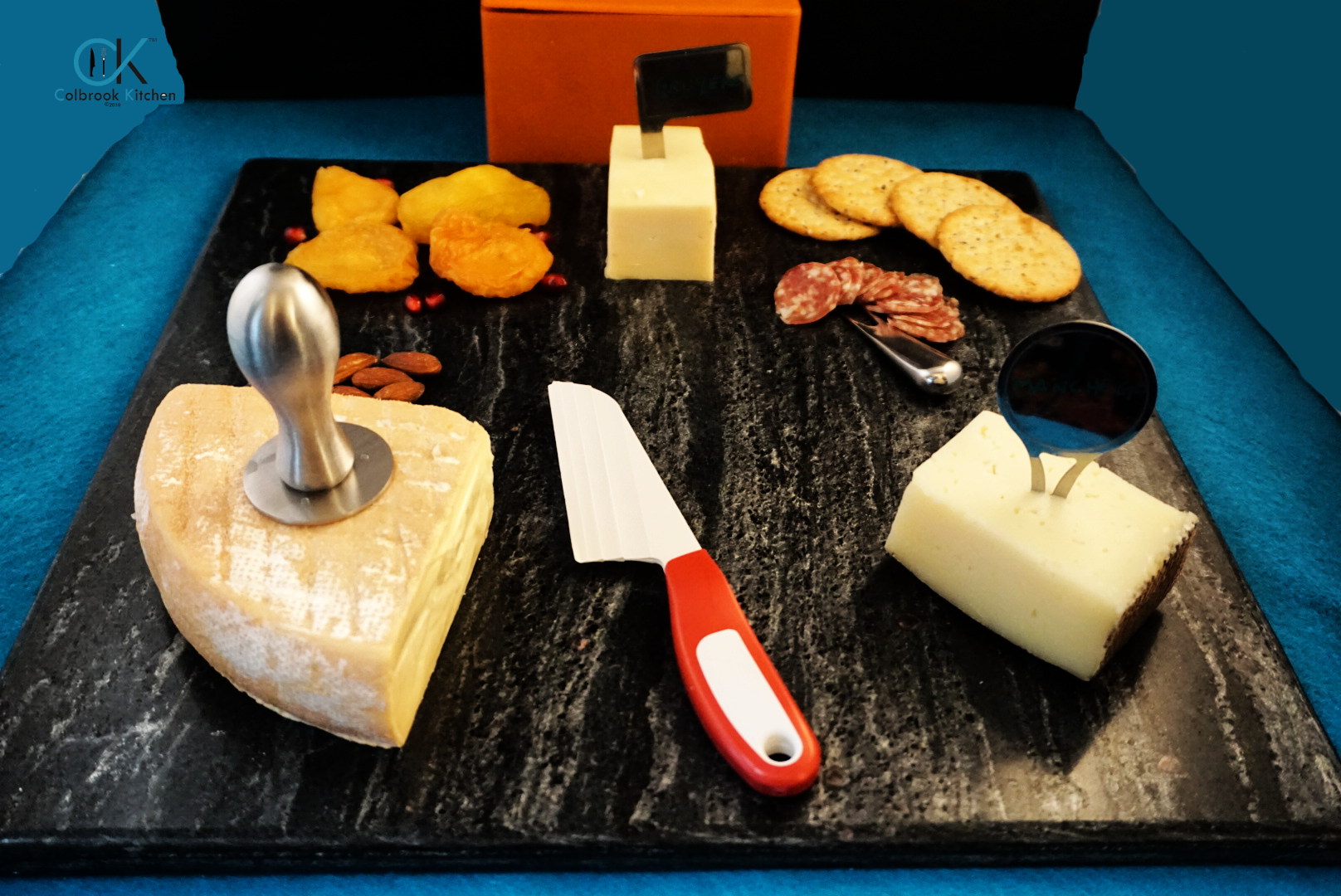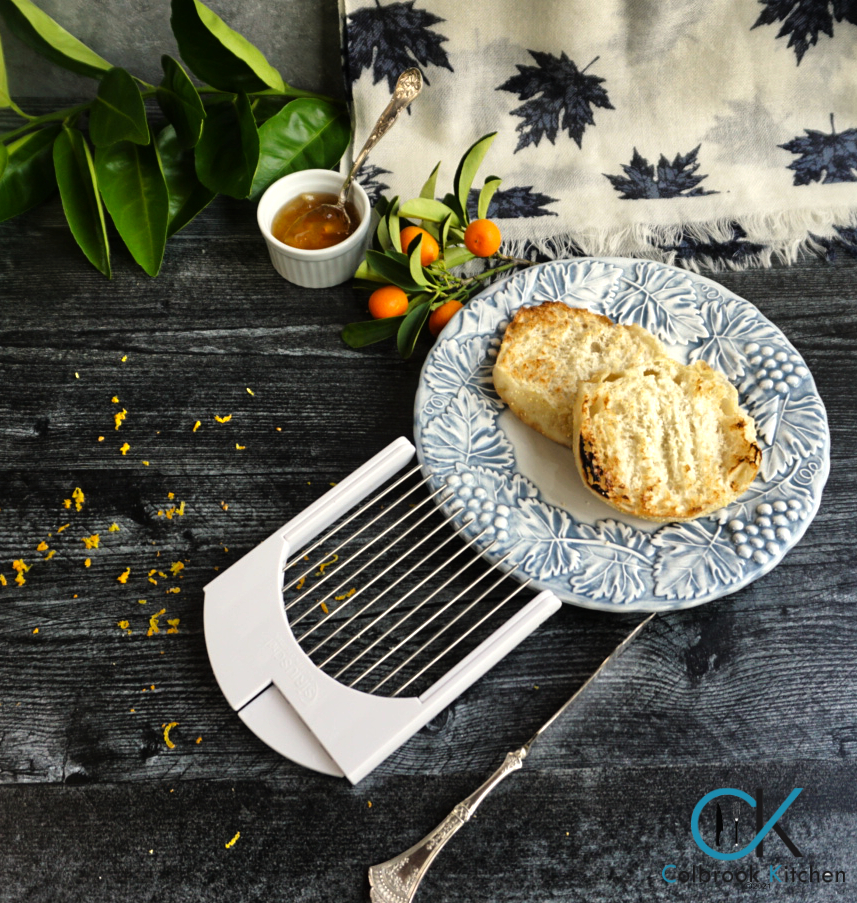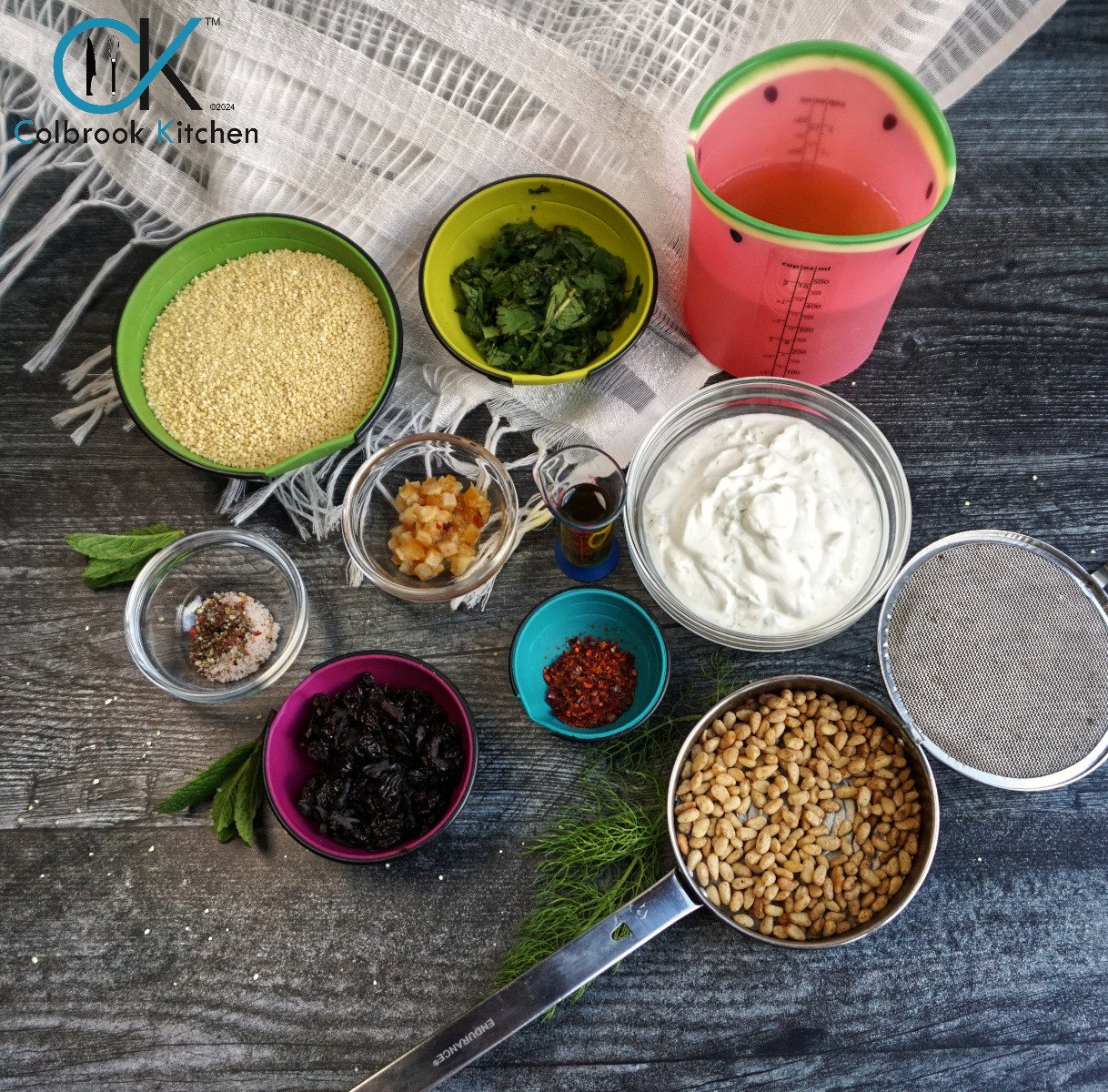Cool Tip: The Cheese Course
- Jun 23, 2015

Oh how we love a beautiful cheese course at the end of a meal! We picked up this habit traveling in Europe and often substitute it for dessert. This ritual, whether as a prelude to dessert or in its place, has become much more familiar and appreciated here in the US.
So what do you need to know to serve a great cheese course? There are only a few “rules” (suggestions, really) that should be observed, and the rest is up to you and a good cheesemonger (a cheese seller who has a good knowledge of the cheese he or she sells).
The first is to find a good cheesemonger. Get advice from a knowledgeable person who is selling the cheese. They know what’s “prêt” (ready for consumption - now or in a few days) and can guide you choosing cheeses that you and your guests will enjoy together.
If you don’t have a good cheesemonger near you, just experiment--every experiment is a learning experience and there are no really wrong choices. There are a number of wonderful books out that talk about various cheeses. Some of our favorites are Janet Fletcher’s The Cheese Course and any of Max McCalman’s books (starting with the James Beard Award-winning The Cheese Plate).
Don’t serve too many cheeses. I get pleasantly dizzy when I see a full cheese cart in a restaurant, but for a dinner party, three (or maybe four) cheeses are the maximum you want serve, in order for your guests to fully appreciate each of the cheeses. More than 3-4 and your palate will get confused.
Variety is the spice of life! Try to choose cheeses that vary in at least one or more of the following ways:
- milk source (cow, goat, sheep)
- texture (creamy, semi-hard, hard)
- age (young, medium, aged)
- flavor (mild through pungent)
- shape (wedge, block, log, pyramid, etc)
- color (pale, yellow, golden, covered in herbs or ash, etc.)
If there is one hard and fast rule with a cheese course, it’s this: do not serve your cheese straight out of the refrigerator. Your cheese is best at room temperature, so take it out of the refrigerator and set up your cheese platter a couple of hours before dinner. Not only will this allow the flavors of your cheese to develop, but it’s one less thing for you to worry about when your guests arrive.
There are varying opinions about what you serve with your cheese. Bread or crackers are always a good choice, but you may have guests who are trying to cut down on carbs or at least glutens. Thin slices of apple are often a nice alternative. I love to add some dried fruits or nuts to to add a little interest to the plate, but Kennedy is a purist who likes to stick solely to cheese and bread. The choices here are yours.
Next we get to one of our favorite subjects: the Cool Tools you need to pull off a great cheese course! You’ll see a number of them at right, but here are a few things to think about:
- The tray. You want a cheese platter that is large enough to hold your cheeses easily, but small and light enough that you don’t need a sherpa to pass it around the table.
- The implements. You should have one implement per cheese; this eliminates cross contamination of flavors and allows you to choose the appropriate cheese knife for each type of cheese. You also want something that keeps your guests’ fingers off the cheese on the tray.
- The labels. Do you and your guests a favor...label your cheese. Whether it’s a label that you stick in the cheese or a name that you write on the tray, it saves you from having to remember, and satisfies your guests’ curiosity.
Above all, experiment and have fun with your cheese course...there are thousands of choices… and none of them are wrong!
Enjoy!





